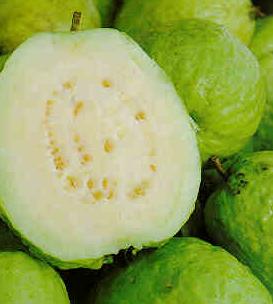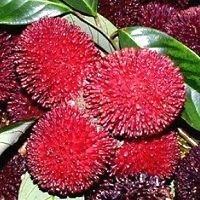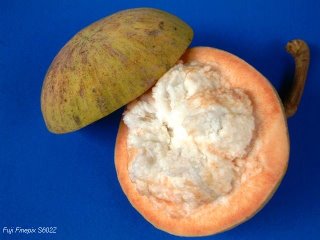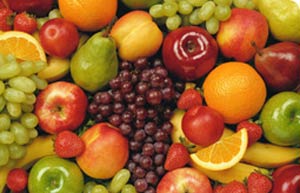Mangosteen

Mangosteen
The mangosteen (Garcinia mangostana) is a tropical evergreen tree, believed to have originated in the Sunda Islands and the Moluccas. The tree grows from 7 to 25 meters tall. The edible fruit is deep reddish purple when ripe. The fragrant fruit is sweet and creamy, citrusy with a touch of peach flavor. In Asia, the mangosteen fruit is known as the "Queen of Fruits." It is closely related to other edible tropical fruits such as button mangosteen and lemondrop mangosteen.
The outer shell of the fruit is rather hard, typically 4-6 cm in diameter. Cutting through the shell, one finds an edible fruit shaped like a peeled tangerine but bright white, about 3-5 cm in diameter, nested in a deep red outer pod. Depending on the fruit size and ripeness, there might be seeds in the segments of the white edible part of the fruit. The seeds, however, are not edible unless cooked. The number of fruit pods is directly related to the number of petals on the bottom of the shell. On average a mangosteen has 5 fruits (round up figure).
The shell of mangosteens looks tough and hard, but they are soft and easy to open. To open a mangosteen, the shell is usually broken apart, not cut; one holds the fruit in both hands, and presses it gently (thumbs on one side, the other fingers on the other) until the shell cracks. It is then very easy to pull the halves apart along the crack and remove the fruit, taking care with the purplish, inky juice that the outer red part of the fruit contains. Mangosteen juice is a dye which can be almost impossible to remove from fabric (the reason why they are banned from some hotels in countries where they are available).












